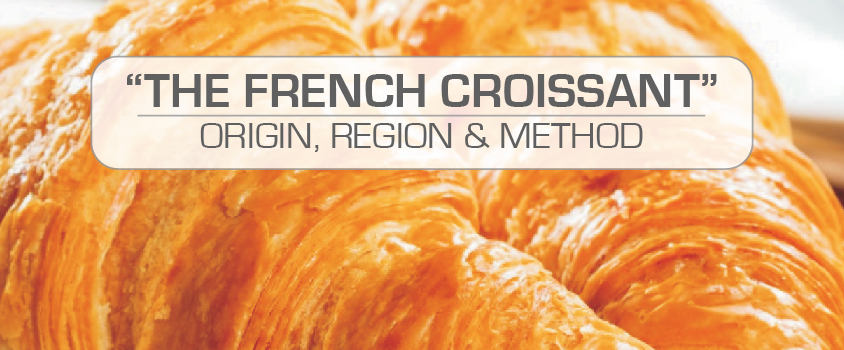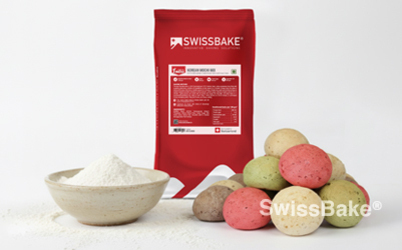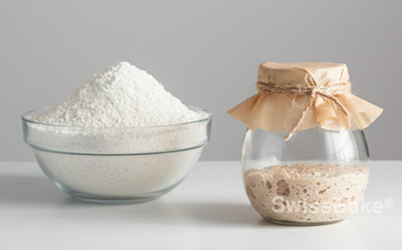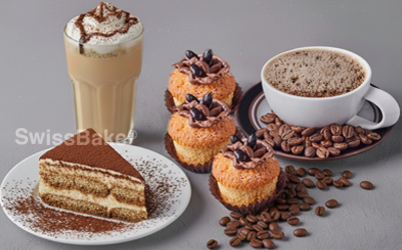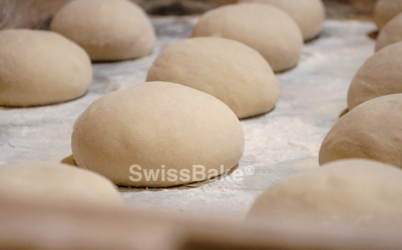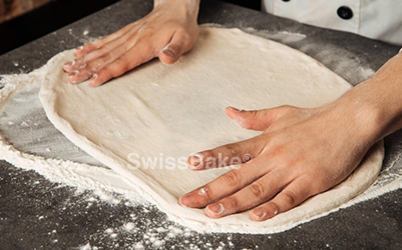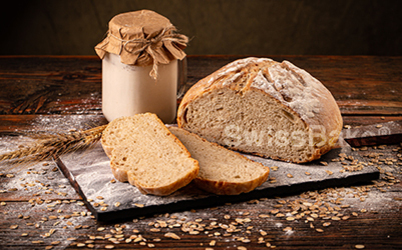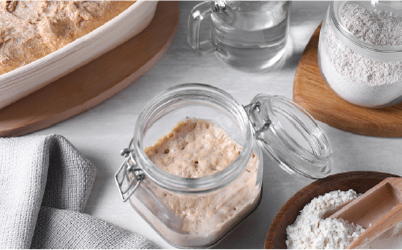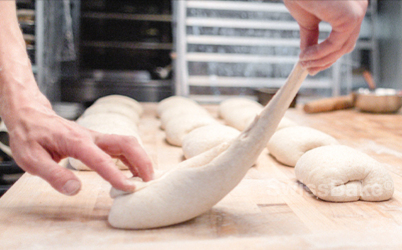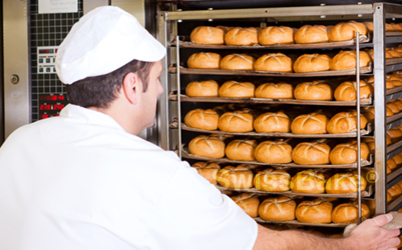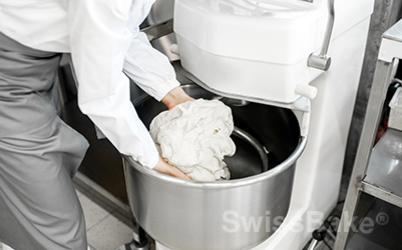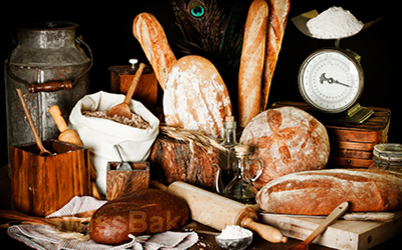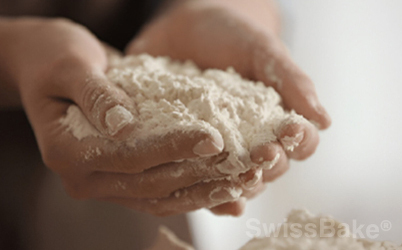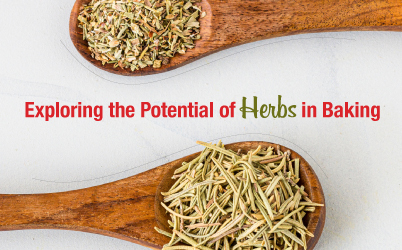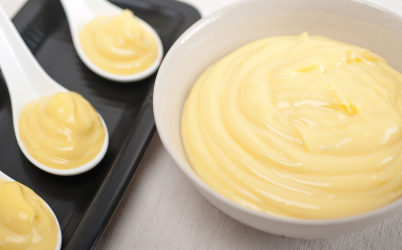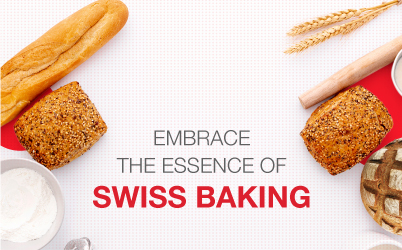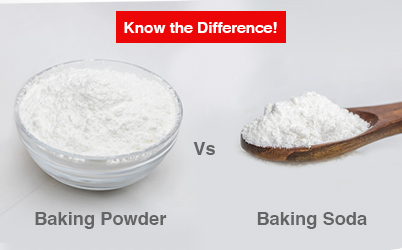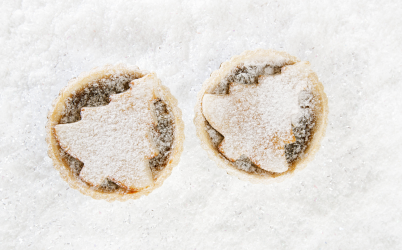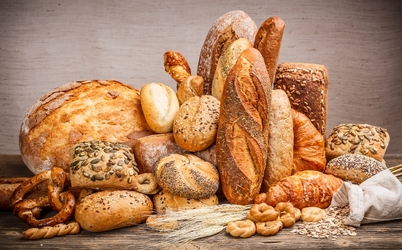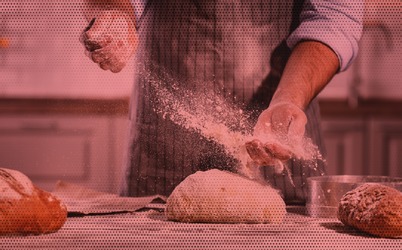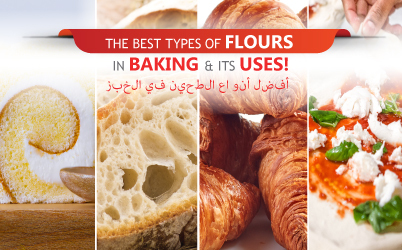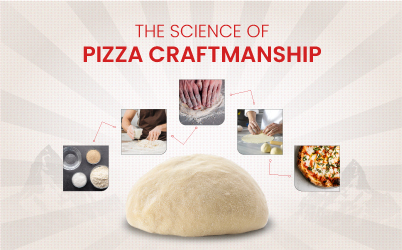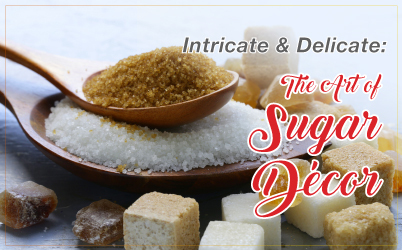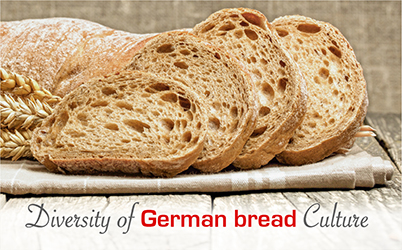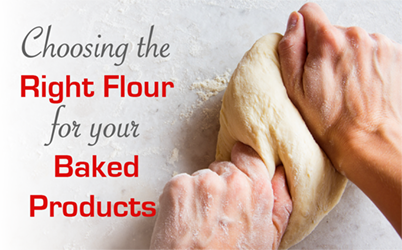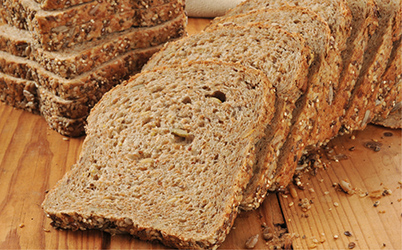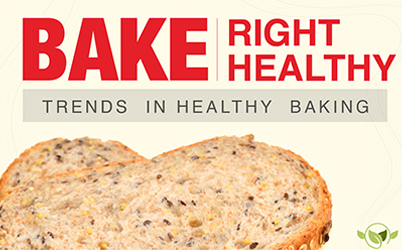The Legend and Birth of the Croissant:
Dating back to 1683 in Vienna, Austria, during the conflict between the Austro-Hungarian and Turkish Empires, the story of the croissant originates. As the Turks attempted to infiltrate the besieged city by digging tunnels under the fortifications, their plan was foiled when the noise of digging alerted the bakers working in a basement bakery near the walls. The bakers promptly informed the Austro-Hungarian army, leading to the defeat of the Turkish army. In celebration of this victory, the bakers created a small roll in the shape of a crescent moon, which symbolized the Turkish flag. Thus, the iconic "Croissant" was born.
Evolution from Vienna Croissant to French Croissant:
From its origins until around 1920, the Vienna croissant was made using non-laminated, non-flaky, yeast-raised sweet dough. However, French bakers revolutionized the croissant by developing the laminated, flaky version that we know today as the French Croissant. This innovation involved layering butter within the dough, resulting in a more voluminous, lighter, delicate pastry with a buttery flavor.
Ingredients for the Perfect Croissant:
Creating the perfect croissant relies more on the science of baking than the skill of shaping and lamination. Selecting the right quality and grade of ingredients significantly impacts the final product. Here's how to choose the perfect ingredients for making authentic French Croissants:
Flour Selection:
Opt for a pure wheat flour (not mixed grain) with slightly higher strength and baking quality than ordinary bread flour. Look for a W value of at least 220, with a P/L ratio around 0.6. These qualities ensure an extendable dough with good shape retention. The enzymatic activity should be relatively weak, with a falling number value equal to or greater than 250 seconds.
Fat Selection for Lamination:
The plasticity and stability of croissants depend on using high-quality fats. Whether using butter or margarine, the fat must have good plasticity and stability. Butter should have a moisture content of no more than 15%, and margarine should have a melting point not exceeding 36ºC. It is recommended to use unsalted fat to achieve the desired flavor and mouthfeel.
SwissBake's Product Range for French Croissant and European Laminated Dough:
As a leading manufacturer of premium bakery ingredients and convenience products, SwissBake offers a range of products ideal for making French croissants and other European laminated dough products. With their state-of-the-art research facility in Switzerland, SwissBake consistently meets the evolving needs of the bakery industry and develops innovative tailor-made solutions for high-quality bakery ingredients. Their current range of laminated dough products includes:
Croissant 10: A concentrated mix for producing consistent quality croissants.
Crossy Freeze: An improver for frozen laminated dough.
T-55 French Style Flour: A French-style T55 flour suitable for various baking needs.
To view the baker recipe and baking method for French croissants using SwissBake's products, kindly click on the respective product names.
We appreciate your time spent reading this blog. Please feel free to share your comments, queries, or concerns with us.
If you have a specific topic in mind that you would like us to write about, we are open to your suggestions. Kindly contact us at support@swissbake.bh
Thank you for reading!

